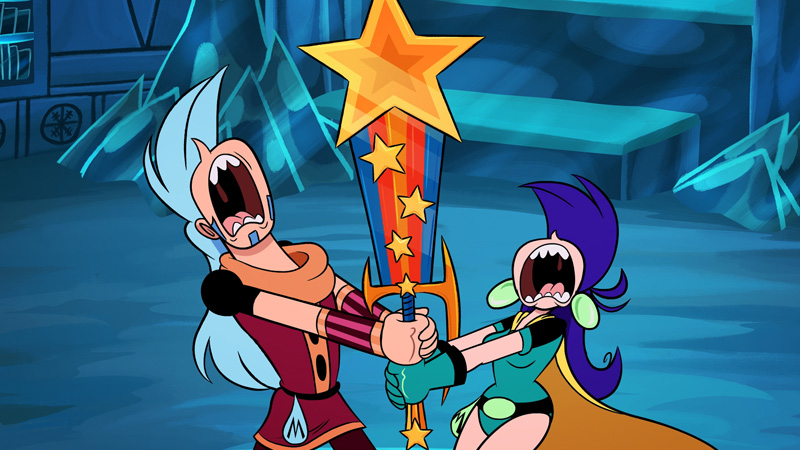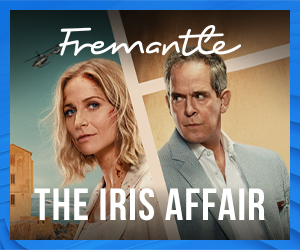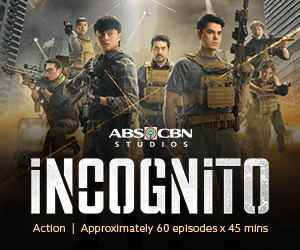
Cartoon Network turns 25 this year. Birthday celebrations include a commitment to more diversity on screen, boosting digital presence, and expanding its talent roster. On the eve of the big day on 1 October, Kavita Daswani looked at what’s next.
A quarter century after its debut as the only channel dedicated entirely to 24-hour animation, Cartoon Network Studios is on the brink of change; enhancing the digital presence of some of its most popular shows, incorporating more diversity than ever on screen, and expanding its physical footprint to house a growing roster of animators.
“Everything in our building, including our processes, is based upon our philosophy, of pushing artwork, backgrounds, character designs,” says Rob Sorcher, the network’s chief content officer. “It’s coming from all over the building,” he added on the eve of the 25th anniversary on 1 October. Cartoon Network rolled out in Asia two years later, going live on 6 October 1994.
The interiors of the three-building California facility occupied by the network today is expectedly whimsical; employees can stop by the pancake machine in the morning, take a break at the icee station or cereal bar, gather to play board games or piece together a complex jigsaw puzzle. The walls by the back stairs are scrawled with graffiti, and a video game arcade has vintage games like Pac-Man. Throughout, shelves and other surfaces are stacked with collectibles from the network’s various shows. Additional floors are being added over the next year for the network that revolutionised animation with shows like The Powerpuff Girls.
Sorcher, a high-energy exec whose own office features a standing desk and skateboard, says his imminent objective is to “build a full world that feeds our audience.” For example - Mighty Magiswords, was the network’s first online original series when it debuted in 2015. It has since been picked up as a full-length TV series, and earlier this year the network launched a related mobile game.
“From that video grew a whole world,” Sorcher says. “The mobile app is listening so every time someone engages with a piece of content online, their account stores swords which power up the game and give advantages. From that one short, we’ve created a whole world that connects via technology, and that can...
Cartoon Network turns 25 this year. Birthday celebrations include a commitment to more diversity on screen, boosting digital presence, and expanding its talent roster. On the eve of the big day on 1 October, Kavita Daswani looked at what’s next.
A quarter century after its debut as the only channel dedicated entirely to 24-hour animation, Cartoon Network Studios is on the brink of change; enhancing the digital presence of some of its most popular shows, incorporating more diversity than ever on screen, and expanding its physical footprint to house a growing roster of animators.
“Everything in our building, including our processes, is based upon our philosophy, of pushing artwork, backgrounds, character designs,” says Rob Sorcher, the network’s chief content officer. “It’s coming from all over the building,” he added on the eve of the 25th anniversary on 1 October. Cartoon Network rolled out in Asia two years later, going live on 6 October 1994.
The interiors of the three-building California facility occupied by the network today is expectedly whimsical; employees can stop by the pancake machine in the morning, take a break at the icee station or cereal bar, gather to play board games or piece together a complex jigsaw puzzle. The walls by the back stairs are scrawled with graffiti, and a video game arcade has vintage games like Pac-Man. Throughout, shelves and other surfaces are stacked with collectibles from the network’s various shows. Additional floors are being added over the next year for the network that revolutionised animation with shows like The Powerpuff Girls.
Sorcher, a high-energy exec whose own office features a standing desk and skateboard, says his imminent objective is to “build a full world that feeds our audience.” For example - Mighty Magiswords, was the network’s first online original series when it debuted in 2015. It has since been picked up as a full-length TV series, and earlier this year the network launched a related mobile game.
“From that video grew a whole world,” Sorcher says. “The mobile app is listening so every time someone engages with a piece of content online, their account stores swords which power up the game and give advantages. From that one short, we’ve created a whole world that connects via technology, and that can exist as a whole eco-system,” he adds.
Similar mobile applications will be delivered to a number of other shows, including the upcoming OK K.O.! Let’s Be Heroes, developed by Ian Jones-Quartey and which launches in Asia Pacific in early 2018.
In addition, Cartoon Network and indie video game studio Capybara Games have developed an integrated console game based on the series, which follows a child named K.O. who aims to be heroic alongside other hopeful heroes. As part of the network’s new initiative, the game will be launched concurrently with the series.
Sorcher says he wants to focus on finding new talent; a programme allowing emerging artists – even those who don’t work for the company – to pitch their ideas with a view to developing them into shorts, which may then lead to TV series.
It’s that open-door policy that drew Asian-American animator Daniel Chong – whose parents are originally from Singapore – to Cartoon Network, after he came up through the ranks at Disney and Pixar. His successful two-year-old series, We Bare Bears, was incubated at Cartoon Network, and has won raves for its sly, sophisticated storytelling.
“I felt like the network appreciates different styles,” Chong says. “They’re open about the kind of content they have. From my point of view, they never expected me to fit in any box.”
Chong was in Singapore earlier this year, where he notes that fans of his show are not shy about showing their appreciation. “The thing I’ve noticed about fans in Asia in general is the excitement – you can feel it when they like something. They showed me so much love when I went there.”
His acclaimed series revolves around the lives of a trio of bear brothers – a polar, grizzly and panda – and their playful misadventures. Like many in the Cartoon Network franchise, the series now runs to 11-minute episodes instead of the traditional 22-minutes.
We Bare Bears has a mellow, low-key sensibility, one that Chong says was informed by his exposure years ago to shows like Wallace and Gromit.
“It blew my mind,” he says. “There was nothing on in America then that was at all like that. It had a certain sweet sensibility that wasn’t loud and flashy. It had a huge impact on me... A lot of that filters into my show.”
Although it was one of the original Cartoon Network shows that compelled Chong to opt for a career in animation, The Powerpuff Girls was the first cartoon he saw that meshed anime with a 1950’s aesthetic, was highly stylised and had lots of pop culture references.
Chong’s current show has pulled in some enviable names. Bobby Moynihan voiced Panda for 61 episodes, and guest stars have included Patton Oswalt, Ellie Kemper and Lou Ferrigno.
But Chong wants more than stacking his show with notable names. The We Bare Bears crew is ethnically diverse, a fact he says translates to a more global palette on screen.
“Especially coming from an Asian American, I didn’t feel there was enough diversity in animation, or expressing different cultures. I knew that’s what I could bring to the table. My crew is international, which reinforced why this is important now. It gave me more ammo. We could be dismissive about the fact that it’s a cartoon, but it’s important for kids to be able to see themselves on screen,” he says.
Examples of Chong’s multi-racial approach; a character in a hijab, an appearance that netted “a lot of positive messages from people on social media because we put her front and centre, and that’s different”.
He has also used Korean characters whose parents speak no English. Chong says this is “a reality, that we live in a world where sometimes we don’t understand what people are saying”.
Chong and his team cast a close eye on background characters, to balance out people of various races, so that what appears on screen is representative of what a real-life city looks like.
“It really matters to the context of the show,” he says. “I have the power to make that difference.”
This article was originally published in the October 2017 print issue for MIPCOM 2017 in Cannes



























